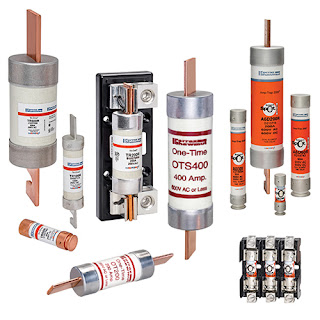Linear Receiver Subsystem Reduces Board Space
DPD addresses the most significant source of power consumption in a basestation: the PA. Powerful digital algorithms correct nonlinearity in the power amplifier, allowing it to operate at a higher average power level without generating excessive distortion. A single 20W PA without DPD may run at less than 10 per cent efficiency, meaning greater than 200W of power consumption. Due to the number of power amplifiers in a basestation, the savings are significant to the operating expense (OPEX) of the service provider.
Digitising the fifth or even seventh order harmonics requires a very wide bandwidth, low noise receiver with an exceptionally flat passband. The LTM9003 includes a 125MHz bandpass filter that exhibits less than 0.5dB passband ripple across the entire band. The noise floor of the receiver chain from the RF input to the LVDS digital output is just -147.3dBm/Hz, which is well below that of the PA. Since DPD is a feedback loop, the receiver (also called a transmit observation path receiver) benefits from low latency; a faster loop leads to better efficiency in the PA and therefore even lower power consumption.
The ADC in the LTM9003 has just five clock cycles of latency and the absolute delay through the filter is just 2.7ns. The LTM9003 is packaged in a space-saving LGA package, utilising a multi-layer substrate that shields sensitive analogue lines from the digital traces to minimise digital feedback. Supply and reference bypass capacitance is placed inside the Umodule, tightly coupled to the die, providing a space, cost and performance advantage over traditional packaging. With no external capacitance required, the LTM9003 consumes approximately one-fourth the space of discrete implementations.


Comments